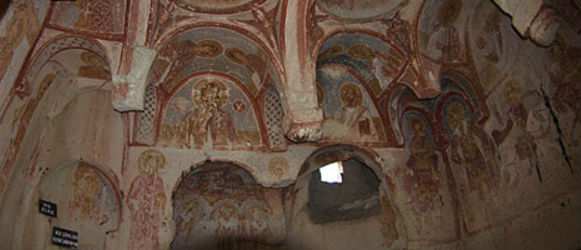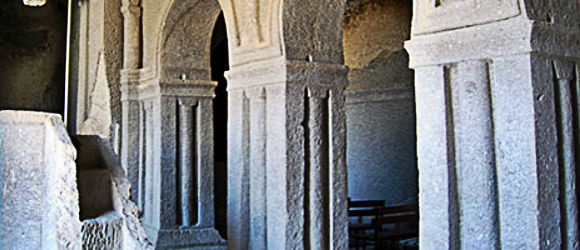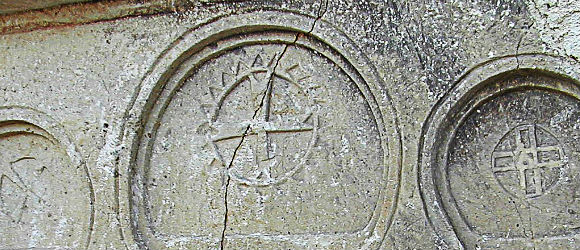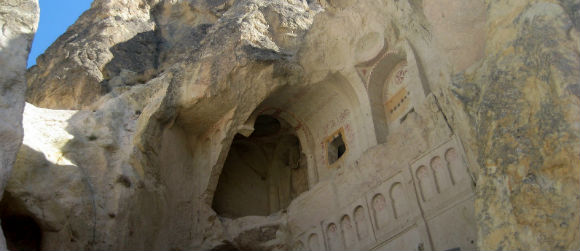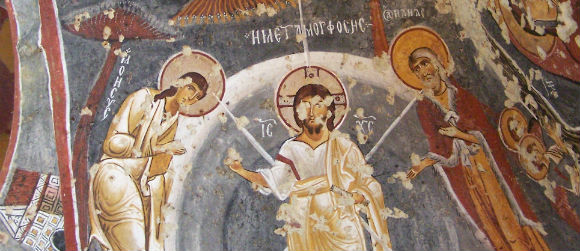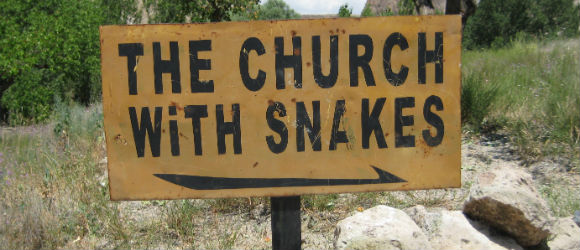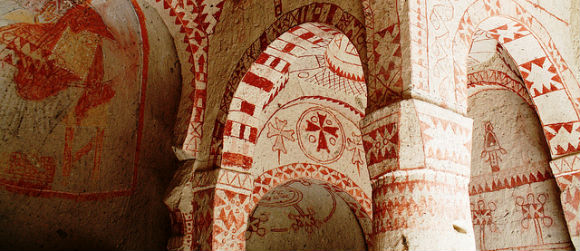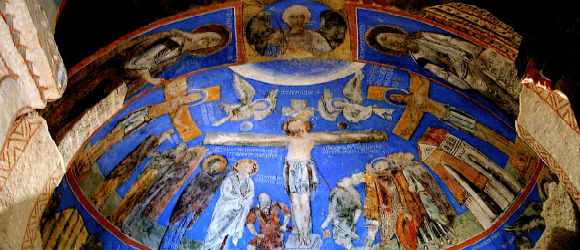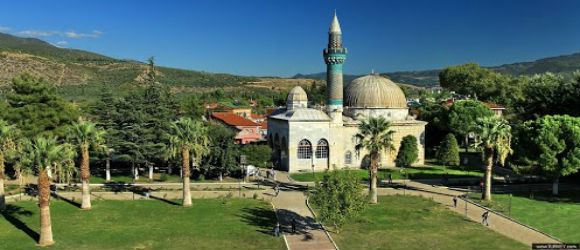VN:F [1.9.22_1171]
Rating: 5.0/5 (9883 votes cast)
Introducing Turkey
Turkey with huge swath of land situated between two continents, Asia and Europe, has one of the world’s best cities and is famous for its unique and magnificent scenery from white-sand beaches to soaring mountains.
Its history has encompassed several thousands years of human evolution and civilization. The accomplishments and influences of people who had resided in the land can be seen all over the country such as the ruins on Meditterarean beaches left by the mysterious Lycians, whirling dervishes gyrated with Sufi mysticism, Ani’s churches on the Anatolian steppe built medieval Armenians, and the Curetes Way at Ephesus. Byzantine Christians cut cave churches into Cappadocia’s fairy chimneys and hid in underground cities from Islamic armies. During Ottoman Empire, the Sultans luxuriated in İstanbul Topkapı Palace surrounded by fawning courtiers, harem members, eunuchs and the riches from an empire stretching from Budapest to Baghdad.
Hence, Turkish culture is the mixture of the East and the West and yet posseses its own characters.
Landscapes & Activities
The most surprising impression that every first-time visitor has about Turkey , other than its stereotypes of kebaps, carpets and moustachioed hustlers in the bazaars, is the vast diversities found between the west coast and the east regions. Evening entertainments such as night clubs as well as cruising through markets are common in westernized metroplises such Istanbul and Izmir. In Cappadocia and the southwestern coasts outdoor sports and water sports are enjoyable and most popular, just as is the meze-savouring fun time on a panoramic terrace. Then there are the less-frequented eastern quarters, where honey-coloured outposts overlook the plains of ancient Mesopotamia, and weather-beaten relics add lashings of lyricism to mountain ranges. It’s hardly surprising Turkey has attracted so many folk over the centuries. Come and discover their legacy for yourself.
VN:F [1.9.22_1171]
Rating: +9921 (from 9921 votes)
In the Goreme Open Air Museum near the village of Avcılar (Maçan), there is a monastery linked with the church known as Yusuf Koç Church. The rooms of this monastery are grouped around the edges of a large cone and may extend into two more cones to the […]
Read more →
This basilica style church differs from the others in that it has a pulpit in the centre, its columns are thick and rectangular in shape, it has a baptistery and graves hollowed out of the walls in the first section. The church, dating back to the 6th […]
Read more →
Built by a donor named Anna, the Chapel of St. Catherine dates from the 11th century. It has a Greek-cross-shaped nave, with a dome over the center and barrel-vaulted cross arms. The narthex has nine floor tombs and two burial niches. The bodies of holy martyrs and […]
Read more →
The Dark Church is the most important sight in Goreme open-air museum and is the most richly decorated of the churches here. Lit by only one skylight, the darkness has preserved the frescoes, which have been carefully restored and can now be seen in all their glory. […]
Read more →
This church has the name of Çarıklı Kilise (The Church with Sandals) because of the footprints scooped out of the ground in the Southern transep, under are a copy of those of Jesus which were venerated in the Sanctuary of the Ascension in Jerusalem. The series of […]
Read more →
The Snake Church is surrounded by several rooms in the rock, including the refectory which is adjacent to the church, and several others above. The church itself is a long, narrow room divided into two different sections. Immediately after the entrance, the left wall bears a niche. To […]
Read more →
Church of Saint Barbara, (Turkish: Azize Barbara Kilisesi ) Barbara was an Egyptian martyr who was imprisoned by her father in order to protect her from the influences of Christianity. Barbara nevertheless found a way to practice her faith and her father tortured and killed her. Built […]
Read more →
This church was carved into the rock at the right side of the road passed the Girl’s convent while going to the region of Churches. A dome was placed over four pillars. It has one big and two small apsises. Although the frescoes of the Ikonoclastic Age […]
Read more →
Tokali Kilise (Turkish; Buckle Church) was the principal sanctuary of a large monastic center in Byzantine Cappadocia, now central Turkey. This cave church was carved into the soft volcanic stone of the region and decorated with frescoes in several stages between the mid-ninth and mid-tenth centuries, and […]
Read more →
At the time of Paul’s travels, Nicea shared with Nicomedia (İznik) the rivalry for the most important city of Bithynia. In 74 A.D. it was incorporated into the Roman province of Asia and, in spite of being levelled In the earthquake of 123 A.D., it continued to […]
Read more →
